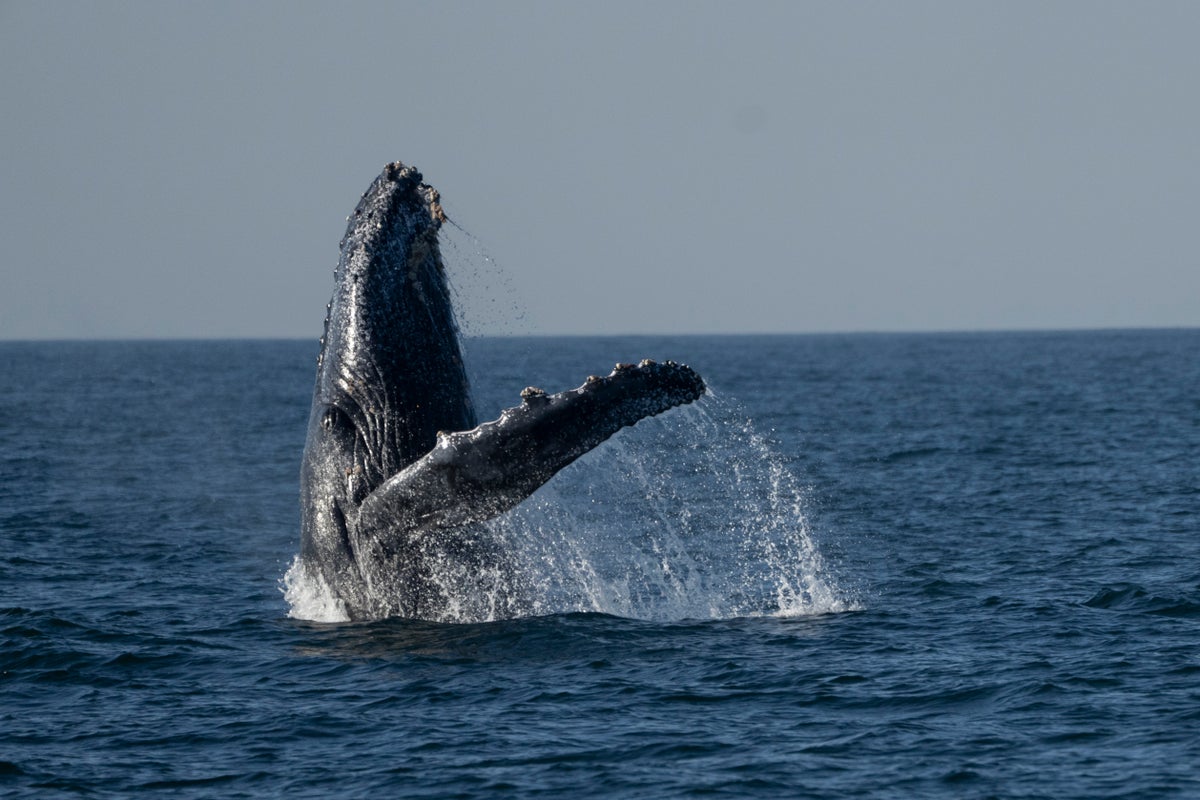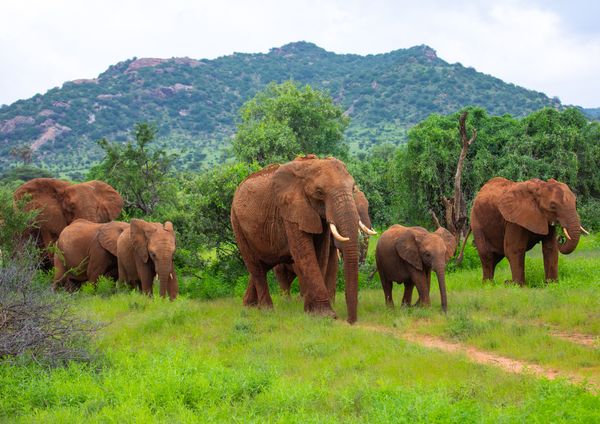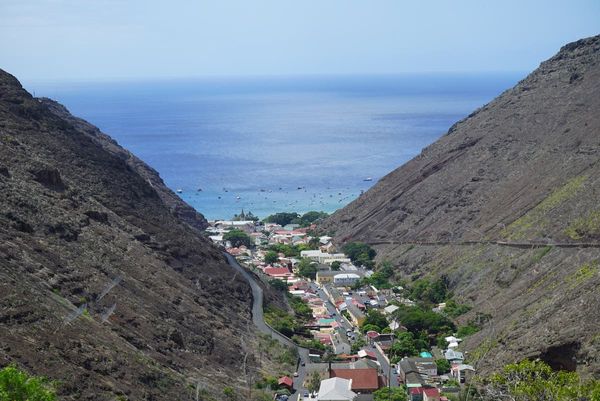
Famous for its beaches and vibrant parties in the Southern Hemisphere's summer, Rio de Janeiro has a growing attraction for winter: humpback whales.
The tourism agency of Niteroi, Rio's sister city across the Guanabara Bay, on Thursday launched a whale-watching program that enables tourists to closely observe the mammoth mammals.
Between June and November, humpback whales migrate to Brazilian waters to breed. Around 25,000 humpback whales make a 2,500-mile (4,000-kilometer) journey from feeding areas in Antarctica to northeast Brazil. Most concentrate in the Abrolhos region, an area of coral reefs off the coast of Bahia and Espirito Santo states known for featuring the greatest marine biodiversity in the South Atlantic.
The whale-watching program is a joint initiative by the municipality of Niteroi and researchers from conservation initiative Amigos da Jubarte (Friends of the Humpback Whale), which also conducts scientific research during the tours.
“Tourism can be a tool for the protection of species,” André Bento, president of Niteroi's tourism agency, told The Associated Press on an outing on Thursday. “I don’t think anyone who gets on this boat comes off the same way, right?"
That's certainly true for Romina Gomes, a 49-year-old doctor from Rio, who was left awestruck after spotting five whales and four dolphins.
“Captivating, passionate, enchanting,” she said. ”I couldn't have predicted such wonder, such beauty. The magnitude, the grace of a 40-ton animal that moves and dances with such lightness."
As for the dolphins, they swam deftly alongside her boat and played in its wake.
The expedition set off from the Niteroi Yacht Club, and new boarding locations may be used as whale-watching tourism develops, said Thiago Gomes, Amigos da Jubarte's director. Researchers have spotted, on average, five whales per cruise, he said.
“Besides that, we have spotted different species of dolphins, turtles and numerous seabird species,” Gomes added, saying that success depends on wind and sea conditions.
Each trip lasts about six hours, costing 550 Brazilian reais ($100) on weekdays and 600 reais on weekends. The guides follow federal environmental regulations that require vessels to stay at least 100 meters (328 feet ) from the whales, and for a maximum 30 minutes. That time limit is halved if a calf is present.
“This period is sensitive, and these norms are important not just for the animals, but also for us, for our safety,” said Luan Amaral, a 27-year-old researcher on the project.










